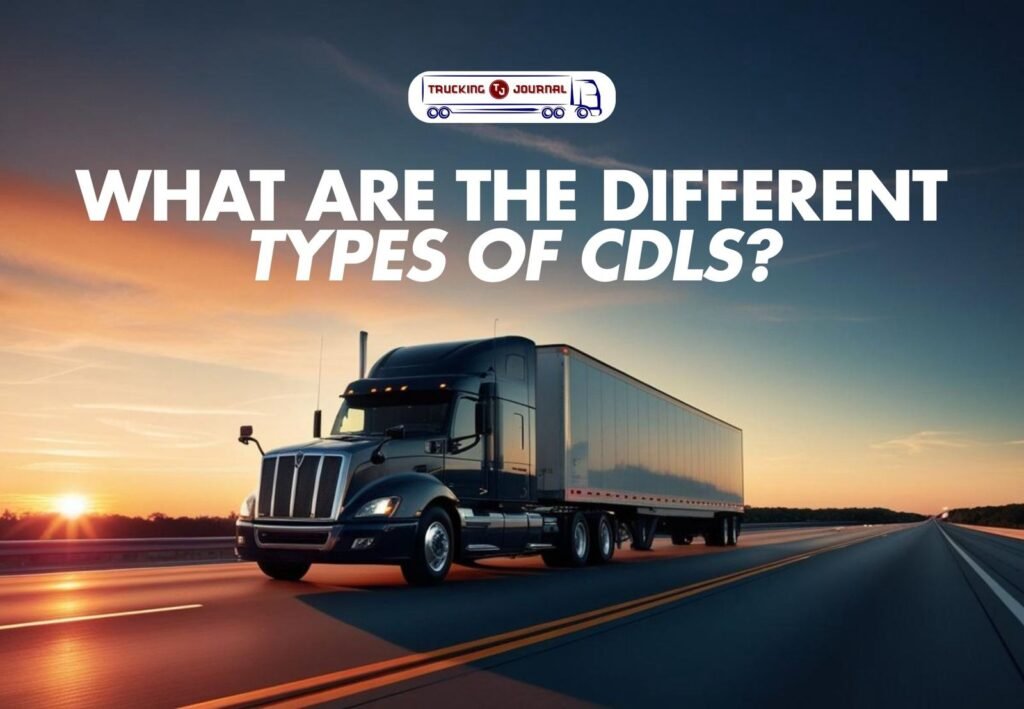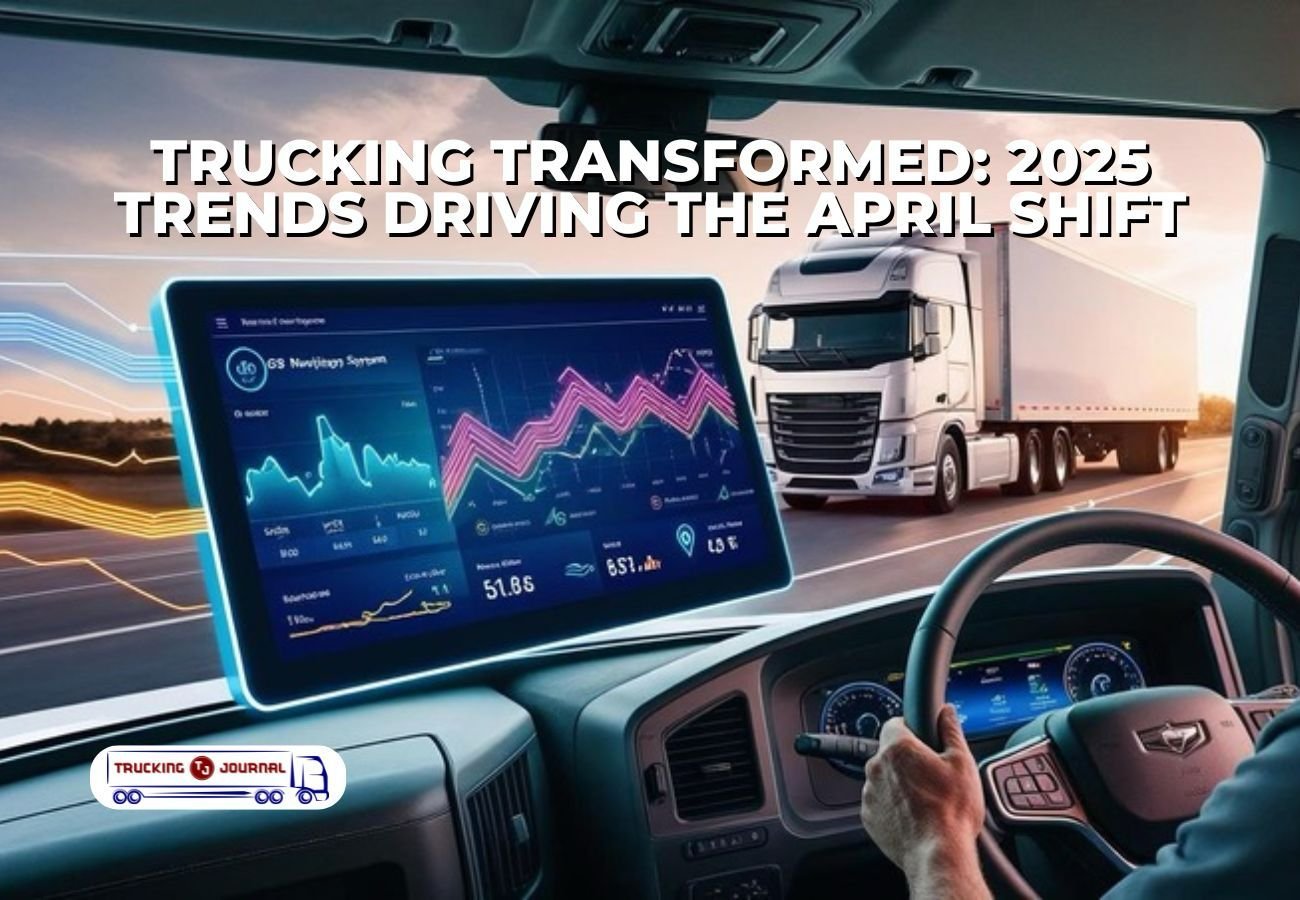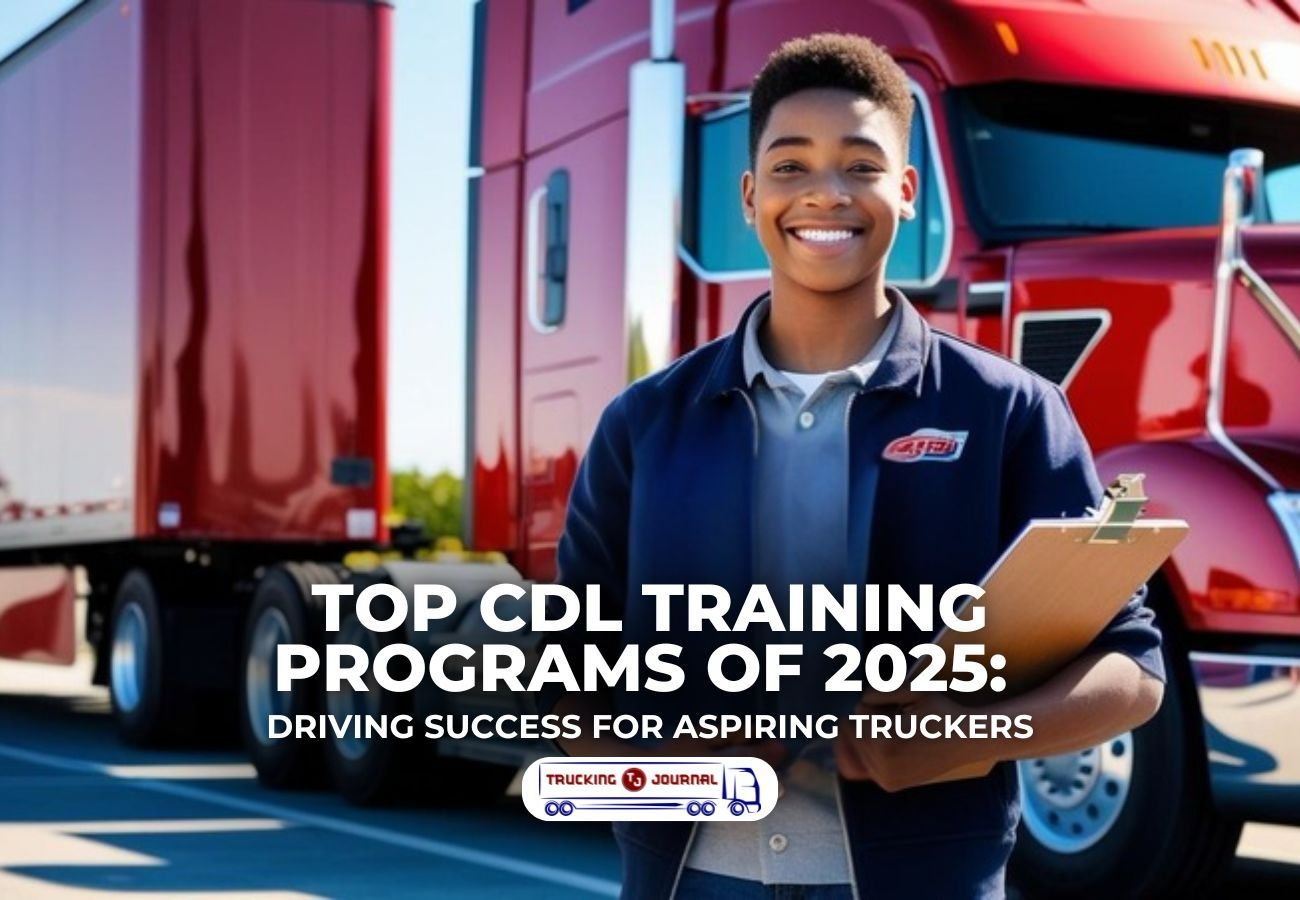Which License Do You Need?

Commercial Driver’s Licenses (CDLs) are essential for anyone wanting to drive larger vehicles, including trucks, buses, and other commercial vehicles. They’re necessary because operating these vehicles takes specific skills and safety knowledge beyond what’s required for a regular driver’s license. But did you know there are different types of CDLs? Let’s explore each type, understand why they’re important, and see which one might be right for you.
Why Are CDLs Important?
CDLs exist to keep our roads safer. With larger vehicles, accidents can cause much more damage. That’s why the government has strict regulations for who can drive these vehicles and under what conditions. CDLs make sure drivers have the proper training and skills to handle these responsibilities.
Types of CDLs
There are three main types of CDLs: Class A, Class B, and Class C. Each allows you to operate specific types of vehicles.
1. Class A CDL
- What it covers: Class A CDL holders can drive the heaviest commercial vehicles, including tractor-trailers, tankers, and livestock carriers. Essentially, if the combined weight of the vehicle and towed load is over 26,001 pounds, you’ll need a Class A CDL.
- Jobs you can get: With a Class A CDL, you can work as a truck driver for long hauls, tanker driver, or even livestock hauler.
- Why it’s popular: Many people choose a Class A CDL because it opens up the widest range of high-paying job opportunities.
2. Class B CDL
- What it covers: Class B CDL allows drivers to operate single vehicles with a gross weight over 26,001 pounds, but it doesn’t allow towing trailers over 10,000 pounds. It’s often used for straight trucks, large buses (like city buses and school buses), and box trucks.
- Jobs you can get: With a Class B CDL, you can work as a city bus driver, delivery truck driver, or school bus driver.
- Why it’s chosen: This license is popular for those who want to stay local rather than do long-distance hauls.
3. Class C CDL
- What it covers: Class C CDLs are for vehicles that don’t meet the Class A or B definitions but are designed to carry 16 or more passengers or hazardous materials. This includes small buses, like those used for shuttles or smaller school buses, as well as vehicles carrying hazardous materials.
- Jobs you can get: With a Class C CDL, you can work as a shuttle bus driver, small passenger vehicle operator, or HAZMAT vehicle driver.
- Why it’s specific: Class C CDL is highly specialized, allowing drivers to work with passengers or hazardous materials that require careful handling.
Tips for Choosing the Right CDL
- Think about your career goals: If you’re interested in long-haul trucking, a Class A CDL might be best. For local routes, consider a Class B or C.
- Consider the training: Different CDLs require different levels of training. Research what each program offers and decide which aligns with your goals and lifestyle.
- Know the costs: CDL training programs can be expensive, so look for reputable schools that offer financing or payment plans.
- Check for endorsements: Some CDLs require endorsements for specific types of cargo, like hazardous materials. These can expand job opportunities but may require extra testing.
Choosing the right CDL is essential for a successful and safe career in commercial driving. Each type of CDL has unique qualifications and opens doors to specific job types. By understanding the differences between Class A, B, and C, you can find the best fit for your career goals.
Need Help with Your CDL?
If you’re ready to start your CDL journey and need guidance, don’t hesitate to contact us. We’re here to help you understand the process, choose the right CDL, and start a rewarding career on the road. Reach out to us today!


